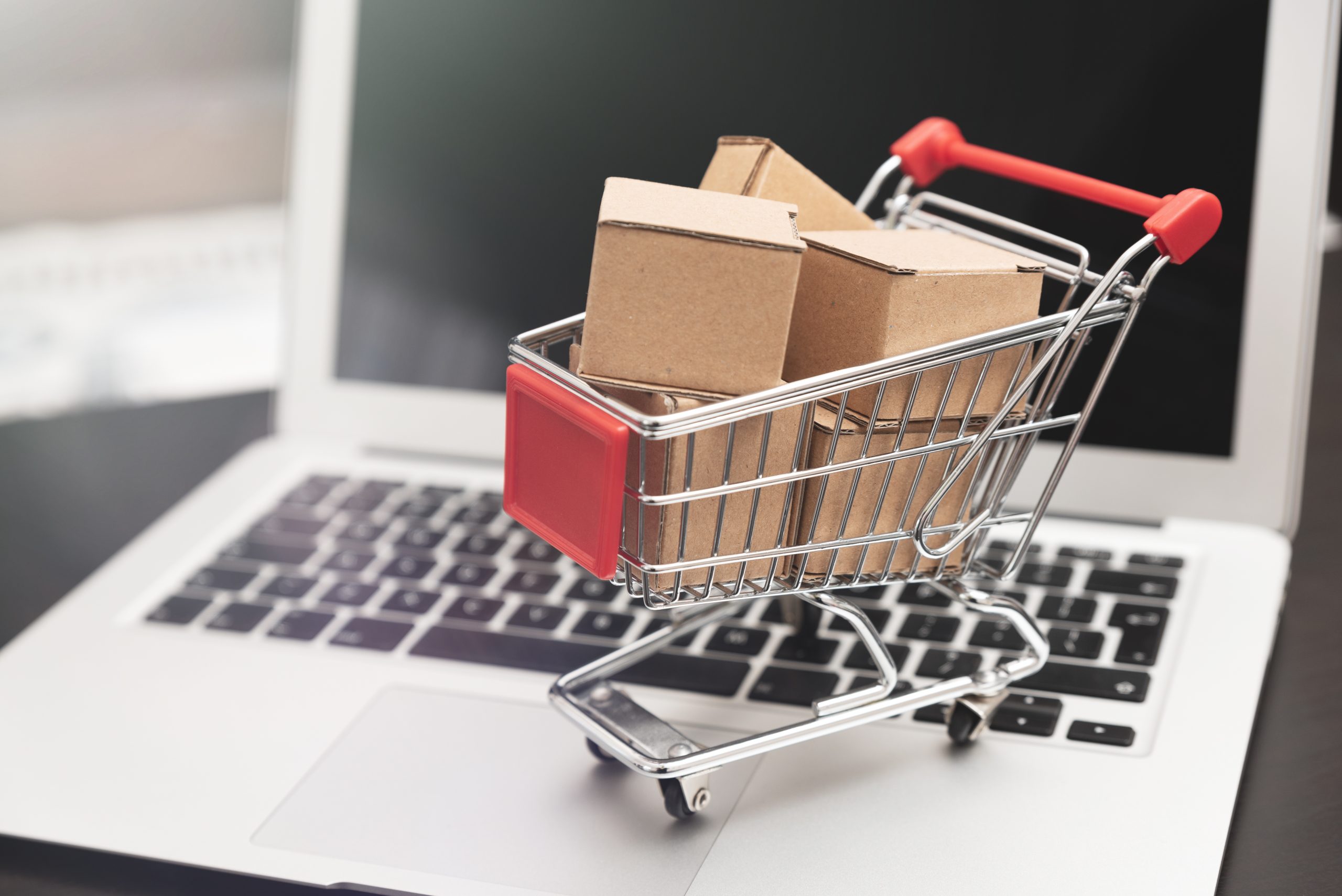
By Jane Seaton

Mixed basket (sometimes referred to as mixed order) is the capability for a customer to build a basket of products available in-store, online and in other stores, then complete a single transaction, with fulfilment automatically taking place from various locations.
While it utilises online channels and fulfilment methods such as click and collect and home delivery, this is primarily an in-store feature due to its strong use case in that medium. This type of capability corresponds to the growing customer expectation of personalised in-store experiences for customers that the store has traditionally not been able to provide.
For example, a customer enters a clothes store and tries something on in-store, decide that they like it, but then can’t find it in the right size or colour. With mixed basket capability, that customer should be able to easily find out where that item is in stock, then purchase that item in the same transaction as they buy in-store items and have it delivered to them or collect it from a nearby store. Thereby purchasing a ‘mixed basket’ of goods, some of which they buy straight from that store and others that they purchase then but receive later through whichever medium they chose. This is enabled through in-store composable solutions stacked on top of omnichannel capability and a single view of inventory.
Non-linear shopping journeys are now the norm – research shows that shoppers expect to be able to access a brand’s products via multiple channels and for this experience to be consistent, as more and more of us ROPO (Research Online, Purchase Offline, and vice versa). Right now, this is a challenge for retailers, who are dealing with customers who are used to real-time inventory, rich product data, flexible fulfilment, and personalised recommendations online. Achieving this customer experience, as well as building attribution models can only be achieved in stores that are supported by the right underlying APIs
Advanced Fufillment
A perfect example of mixed basket utility is dynamic bundling. If a customer enters a store to purchase a bundle deal or is sold one while in store there’s no guarantee that the store is carrying all items of that bundle, particularly not when you take size or colour into consideration. However, with mixed basket capability a merchant is able to utilise stock across channels to ensure they never let a customer down. Not only does this empower store agents to utilise that additional stock in their sales, but it also helps a merchant minimise the amount of stock they have sitting unused in warehouses.
Importantly, it’s not just about delivery, a key part of mixed basket capability is the capacity to inform customers which nearby stores are open and carrying whatever item it is that they may want. Then giving those customers the option to reserve and collect whenever they would like.
A more advanced use case for mixed basket is delivery to multiple addresses within the same order, this is primarily related to gifting. For example, a customer may be purchasing gifts for a birthday or a holiday, they may then want some of those items delivered to one address while others go to a different address. To add more complexity, they could want to buy a bundle in store, have part of it delivered to them and then also purchase gifts which need to be delivered to separate addresses.
This example applies to B2B commerce as well. If a business is purchasing supplies from another business, providing the functionality to purchase those supplies for multiple different locations simultaneously in the same transaction still maintains the same value and utility as the above B2C examples.
A key takeaway from mixed basket is the importance of Inventory visibility for more advanced in-store offerings. Inventory visibility is critical to all of the above, you need to be able to tell what items you are carrying, where they are and their specifications, all available as a single view. Without it these types of strategies are not possible.
Want to explore the power of inventory visibility? Talk to us today!